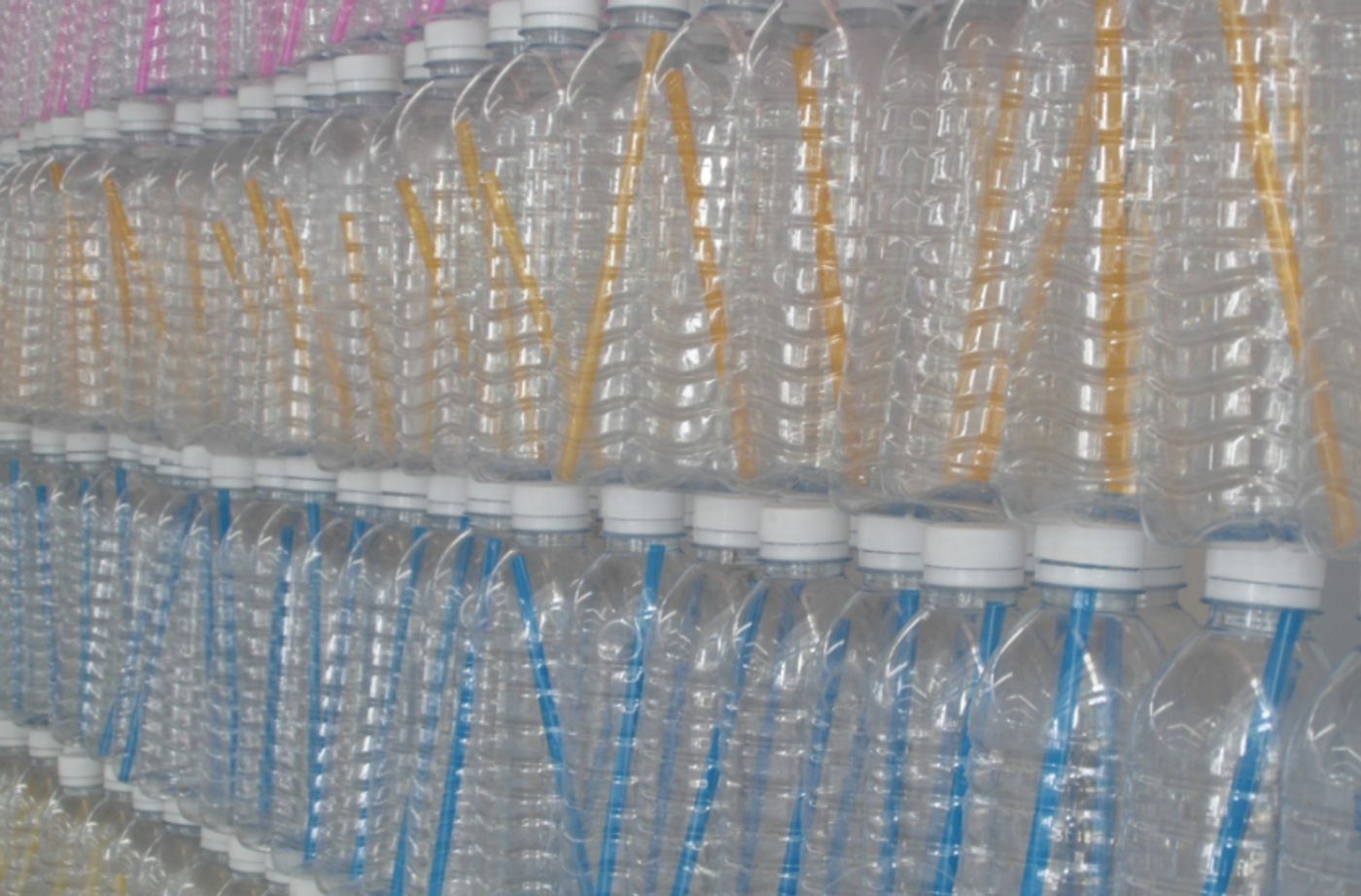BPA Alternatives Have Dangers of Their Own
Plastics are found everywhere in our world, and around twenty years ago we learned that one part of plastic, a chemical called bisphenol A, could leak out of plastic and create a health hazard. That discovery was only made because researchers observed that female mice in their lab started exhibiting high degrees of chromosomal abnormalities. They traced it back to damaged cages the animals lived in. The same research team has now found that bisphenol alternatives come with similar physiological dangers.
Their work has been published in Current Biology. "This paper reports a strange déjà vu experience in our laboratory," noted Patricia Hunt of Washington State University, study leader. Learn more about the findings from the video.
The team saw that data from their standard control animals was changing as it had many years ago. The source of the effects was the damaged cages once again, but it was having a more subtle impact this time, Hunt said. Not every cage showed damage, and the investigators were less certain of the source.
The mice were being exposed to the bisphenol alternatives, the team showed. They also found that the sperm and eggs from the mice were affected.
"There's growing evidence that many of these common replacements are not safe," said Hunt. "We stumbled on an effect yet again. This is a more stable plastic but it induced similar effects on the process of making eggs and sperm. Importantly, when we tested the chemicals in controlled experiments, we got similar results for each of them."
First, the team got a handle on the contamination. Then they performed more studies to test the impact of bisphenol replacements directly; one is commonly known as BPS. They found chromosomal abnormalities that were very similar to those that were observed during the BPA studies. Both male and female animals had difficulty with DNA recombination, causing abnormal egg number to increase and viable sperm to decrease.
Related: Endocrine Disruptors Have an Epigenetic Effect
Hunt suggested that the lab model was experiencing an exposure that was a lot like what happens when people use plastic - exposure is highly variable and accidental. The differences in cage damage produced different effects in the animals. Low doses were used in this study as well, ones that would be relevant to human environmental exposure.
If these findings hold true for people, as they did for BPA, this is not only a problem for people currently exposed. It affects future generations as well because it damages DNA in germline cells. Even when bisphenol contaminants are totally eliminated, effects persist for three generations.
Hunt added that more work will be necessary to evaluate whether there is a spectrum; some replacements may be safer than others and dozens are currently in use. Bisphenols are endocrine disruptors, and there are many other types in a variety of common products. Parabens, phthalates and flame retardants are examples of some other endocrine-disrupting chemicals that might be impacting fertility.
The team noted that so many new chemicals are put on the market so often, regulatory agencies can’t keep up with evaluating them all. Instead of learning what makes a chemical dangerous, they added, a replacement is usually put into place.
Hunt has straightforward advice for consumers: "plastic products that show physical signs of damage or aging cannot be considered safe."
Sources: AAAS/Eurekalert! Via Cell Press, WSU, Current Biology









